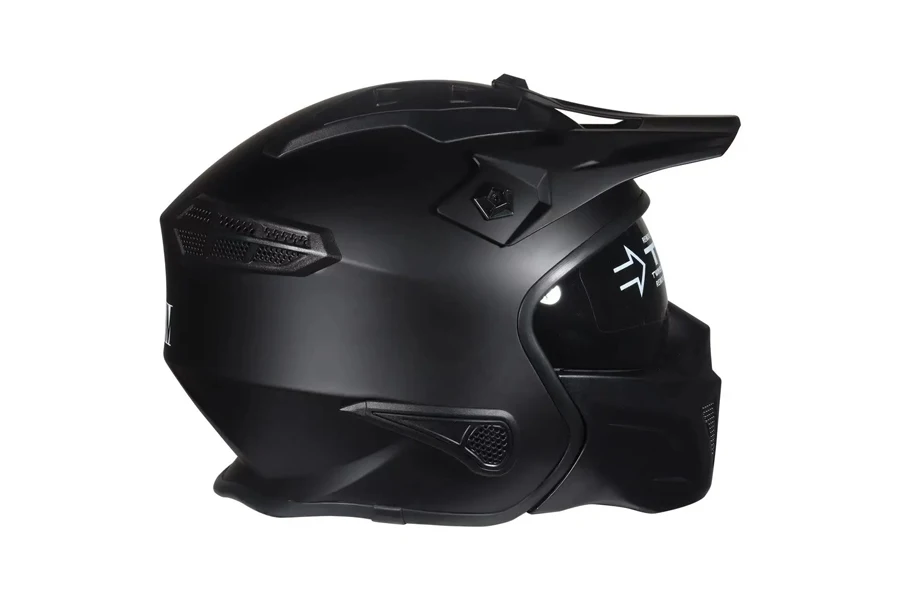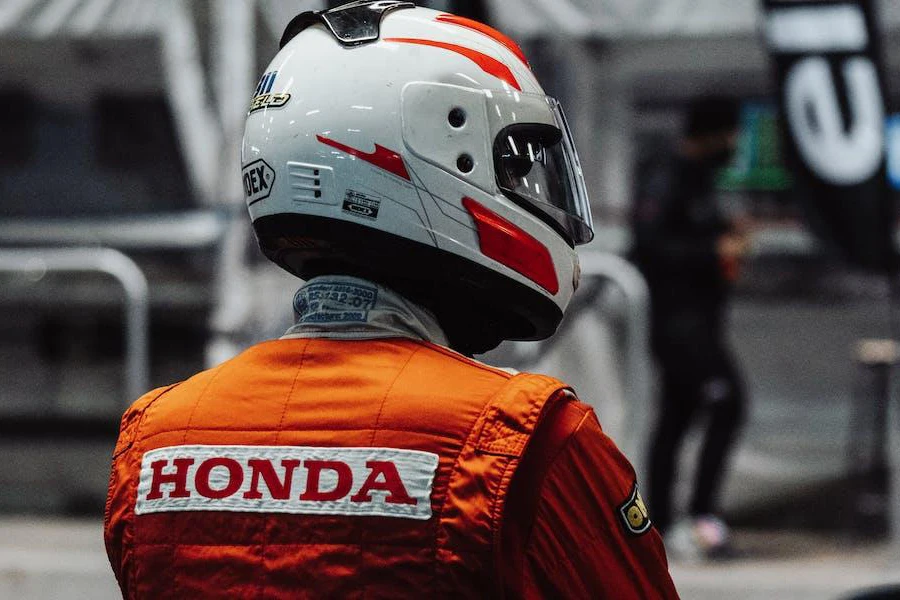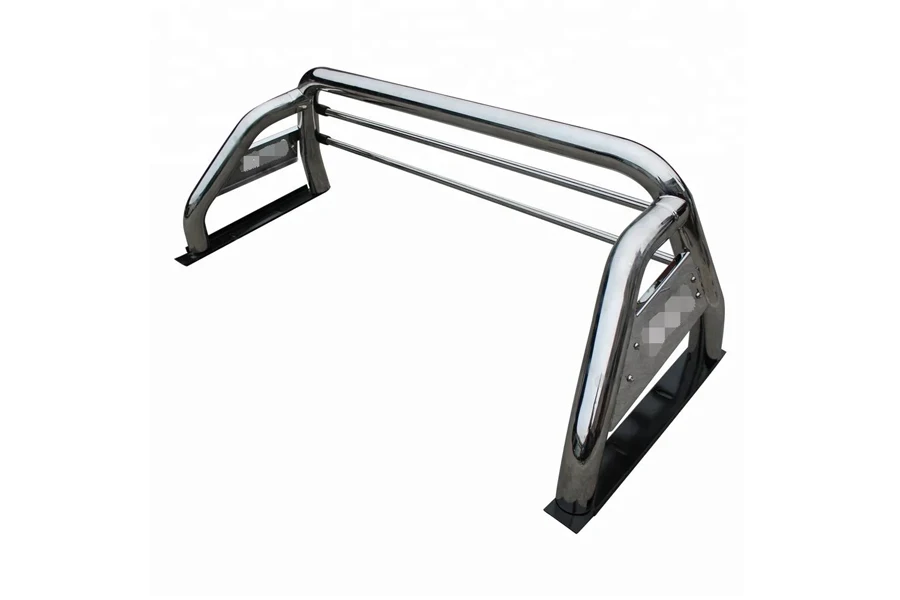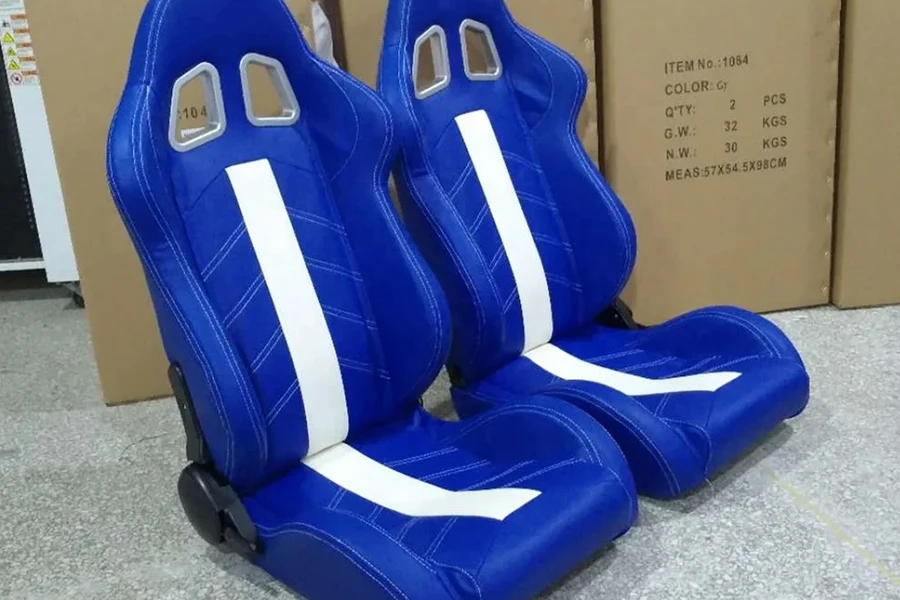Nothing beats the experience of speeding down the tracks. But regardless of what racing car consumers prefer, driving at such speeds remains a dangerous hobby. The chances of racers getting injured in race cars are very high, but consumers can reduce these odds by purchasing some key equipment.
Sellers can offer these items, but they must follow strict safety measures and requirements before selling them. Once that is clear, they stand a chance to make huge profits from the following racing equipment. Keep reading to learn more about each of the six trends.
Table of Contents
Is the racing equipment market booming in 2024?
Racing equipment: 6 trends to invest in this year
Wrapping up
Is the racing equipment market booming in 2024?
The racing equipment market is stronger than ever, as experts say it will reach US $35.20 billion in 2030 from US $22.73 billion at a 6.45% compound annual growth rate (CAGR). The market’s impressive growth can be attributed to the rising popularity of motorsports and the growing trend of motor racing games.
North America also dominates the racing equipment market, accounting for US $9.22 billion of the global revenue. Experts also predict the region will remain dominant over the forecast period due to the increasing rate of racing events and shifting consumer preference toward car modifications for enhanced performance.
Racing equipment: 6 trends to invest in this year
1. Racing helmets

Choosing the right helmet for track racing is crucial for safety (they also got 27,100 searches in 2024). Helmets have evolved from traditional leather domes to FIA- or Snell-certified ones made of lightweight materials like fiberglass or carbon fiber. FIA or Snell certifications set helmet performance standards, ensuring they pass various impact and fire resistance tests.
However, racing helmets have evolved to offer even more safety in 2024. Manufacturers are now utilizing new materials (carbon fiber and kevlar) and construction to improve this helmet’s absorption and energy dispersion. For instance, MIPS (multi-directional impact protection system) is one of the most popular technologies for racing helmets, with many brands incorporating them into their designs. What makes MIPS so special? Such helmets use a liner that can rotate slightly upon impact, helping to reduce rotational forces transmitted to the brain.
But there’s more. Aerodynamics and ventilation are also receiving upgrades this year. Many new helmets feature aerodynamic designs to help reduce drag and wind noise. Aerodynamic-focused helmets are highly appealing to track riders looking to shave off every possible millisecond from their lap time. For ventilation, manufacturers add even more vents and channels to improve airflow and keep riders from overheating.
Here’s something even better. Racing helmets also come with advanced technological features. For instance, some high-end helmets have built-in HUDs that display information like speed, lap times, and even tire pressure. In addition, many helmets come with cameras that help record rides or races.
2. Racing suits

For track racing, dressing appropriately is also crucial for safety and performance. At a minimum, consumers need closed-toed shoes, a T-shirt, and long cotton pants. But the faster they go, the more rules racers have to follow, most of which lead to wearing full SFI-approved racing suits. Racing suits are also in high demand, with Google data showing they got 74,000 searches in January 2024.
While racing suits definitely offer a cooler experience, there’s a lot more, making them one of the top trending racing gear. One of the reasons why many people are flocking to them is their sustainability approach. Yes, manufacturers now prioritize eco-friendly materials and production processes for their racing suits. Recycled materials are the top trend, but manufacturers are still exploring other bio-based alternatives.
One of the major purposes of racing suits is to keep racers comfortable while speeding down the tracks, and manufacturers double down on this with improved ventilation. These suits effectively manage heat during intense races with strategically placed vents and breathable fabrics. Technology is also making a big impact here. Many suits integrate sensors and smart fabrics to allow performance tracking and biofeedback—an impressive way to get personalized training!
3. Roll bars and roll cages

Roll bars and cages (49,500 searches in January 2024) are essential for crash protection, but they come with the added benefit of chassis stiffening. Their primary role is to absorb crash energy, allowing restraints like seats and harnesses to function effectively. Racers can bolt or weld roll bars and cages to their chassis. Although wielding offers superior rigidity, it’s only great for professional track race cars.
What’s more, roll bars and cages have received material upgrades. Although high-strength chromoly steel remains popular, newer materials like titanium and carbon fiber offer superior strength-to-weight ratios for high-end applications. Stricter safety standards drive innovation, with manufacturers designing cages and bars to meet the latest SFI and FIA specifications.
Additionally, manufacturers now employ computer-aided design software to create roll bars and cages with strategically placed tubing, reducing weight while maintaining strength. This trend also extends to installation, allowing manufacturers to create incredible modular designs. That way, racers can easily install them, remove them, or customize them without compromising safety.
4. Seats and harnesses

Consumers can’t race properly and safely without the right seats and harnesses. Regarding racing seats, manufacturers are still placing safety at the forefront. More advanced models now see increased use of lightweight, high-strength materials like carbon fiber and advanced composites, granting them improved impact absorption and energy dispersion. Even better, racing nets come with fine-tuning adjustments for individual preferences and driving positions.
Harnesses should be multi-point, with at least a five-point system. But beyond that, harnesses have adopted anatomic designs, featuring pre-curved shoulder straps and contoured waist belts to provide improved fits and pressure distribution. The result? Reduced fatigue and discomfort! Modern racing harnesses also come with customizable sizing, allowing racers to adjust and install add-ons for the perfect fit, regardless of body type. Also, up to 49,500 consumers searched for racing seats and harnesses in January 2024.
5. Window nets and arm restraints
Window nets (18,100 searches in January 2024) are an additional safety measure after the harness and neck support. They have seen their fair share of advancements in recent years, focusing on safety, weight reduction, visibility, and customization. For starters, these nets have improved tear resistance, featuring advanced materials like Dyneema® and Vectran®. These materials are popular for their superior strength and tear resistance, making them better than traditional nylon.
One of the major concerns of racers while speeding on tracks is forceful ejection during crashes. However, some modern nets have integrated head restraints or additional straps to help prevent that. More importantly, window nets come with arm restraints, keeping drivers’ arms inside their vehicles during crashes. This feature helps stop the racer’s hands from extending out due to extreme G-forces—a potentially risky situation if the car flips.
6. Fire suppression
Bringing a small, handheld fire extinguisher to track day could make a big difference. It may be why a minor fuel line issue won’t turn into a raging car fire. Although most race cars have permanent fire suppression systems, they may not be as reliable as trusty extinguishers. Fire extinguishers are huge, as Google data shows 825,000 consumers have searched for them in 2024.
So, consumers can opt for remote extinguishers, making sure fire suppression is easily accessible even when they are strapped into their seats with the steering wheel in place. They also come with quick-release systems, ensuring quick removal when necessary. But with weight being a crucial factor in racing vehicles, there’s a growing demand for compact and lightweight extinguishers. Manufacturers make these trendy extinguishers with advanced materials and designs to pack maximum fire-fighting power in minimal weight.
Wrapping up
Racing is a thrilling sport or hobby, but it can get dangerous quickly if drivers don’t take the necessary precautions. With speeding vehicles, crashes are bound to happen and may be fatal at very high speeds. That’s why racers need various gear to keep themselves safe while enjoying the thrills of speeding around the tracks.
So, sellers can leverage racing helmets/neck support, suits/shoes, roll bars/cages, seats/harnesses, window nets/arm restraints, and fire suppressors to potentially drive up sales in the racing equipment market.




